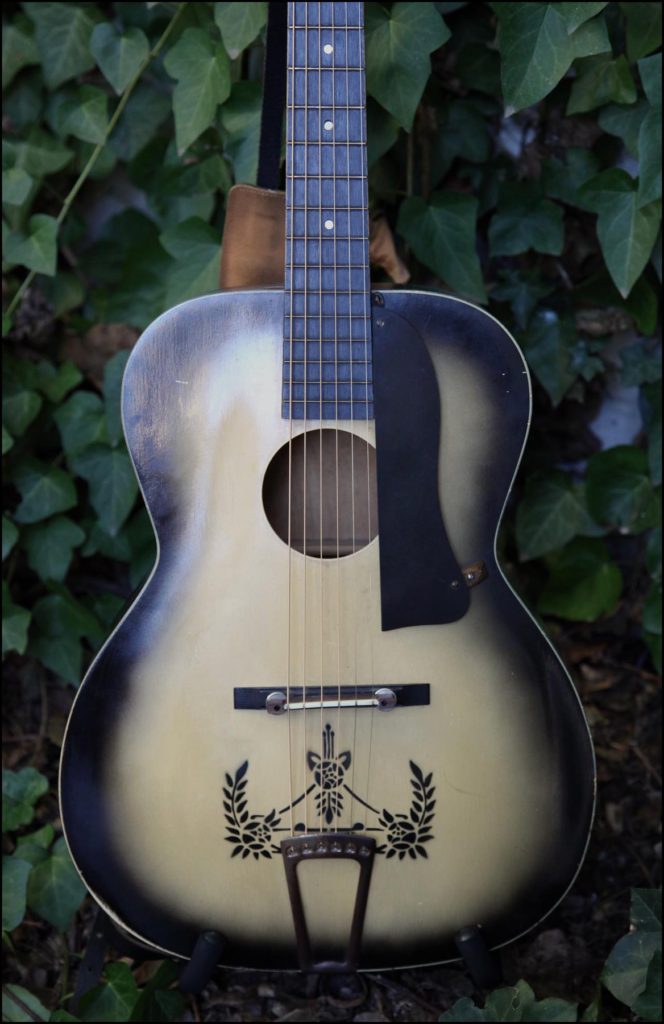This is the first entry in my Quarantine Sessions series – a social distancing musical collaboration between me and the talented Mark Caserta. Mark produced the above video of our performance. Please see my series introduction to learn more about The Quarantine Sessions project. Please follow the series tag to access more entries in the series. Below, I will provide some background information on Frankie & Albert.
Song: Frankie & Albert.
Performed by: Victor Gurbo (vocals and rhythm guitar) and Mark Caserta (lead guitar).
Video: Mark Caserta.
The traditional folk song “Frankie & Albert” (or “Frankie & Johnny” as it is sometimes called) was inspired by a handful of real murders stretching back as early as the 1830s.
On October 15, 1899, in St. Louis, Missouri, a twenty-two-year-old woman by the name of Frankie Baker shot her seventeen-year-old lover Allen “Albert” Britt, after catching him with Alice “Nelly Bly” Pryor. The names are important, since the versions of the songs all feature different version of Britt’s lover’s name: the Bob Dylan version names her “Alice Bly,” Lead Belly calls her “Alice Fry,” and Jimmie Rodgers dubs her “Nellie Bligh.” Considering that folk songs are most often passed down orally – it makes sense that the spelling of the names, and even the names themselves, vary from artist to artist.
As legend has it, Britt had won a slow dancing contest before stumbling home drunk with Pryor. Baker shot Britt in the stomach, and while he survived the initial attack, he died several days later from the wounds. Unlike in the ballad, Baker claimed self-defense and was acquitted – but was committed to a mental hospital, where she passed away in 1952. Several folk ballads emerged around the same time about this case – a version was popularized by Bill Dooley in 1899, and Hughie Cannon was the first to copyright a version in 1904 (Wiki).
It is believed that this story, somewhere along the line, merged with the Frankie Steward Silver execution of 1833. In that incident, Silver murdered her husband, Charles “Johnny” Silver with an axe. When the crime was discovered, Frankie had dismembered his body. Don Haines of Blue Ridge Country explains that Frankie Stewart Silver was arrested, convicted, and put to death by hanging. It is believed that an early version of a song about the Silver murder was sung at the Civil War’s Siege of Vicksburg in 1863. Information about Frankie Stewart Silver’s grave, and its interesting headstone, can be found here at Find a Grave.
It is perhaps because of the similarities in the names and stories that two folk songs about distinct murders crossed paths and merged – leaving us with the folk song and its many versions we know today. Johnny Cash recorded a version of this song under a different title in 1959, bringing it to the forefront of country music. Elvis Presley solidified it in pop culture by recording it in 1966, and releasing it as the title song of one of his movies.
As with many folk tunes, the song is a patchwork tapestry – gathering bits and pieces of other works of art, topical events, and pop culture as it moves through time.
